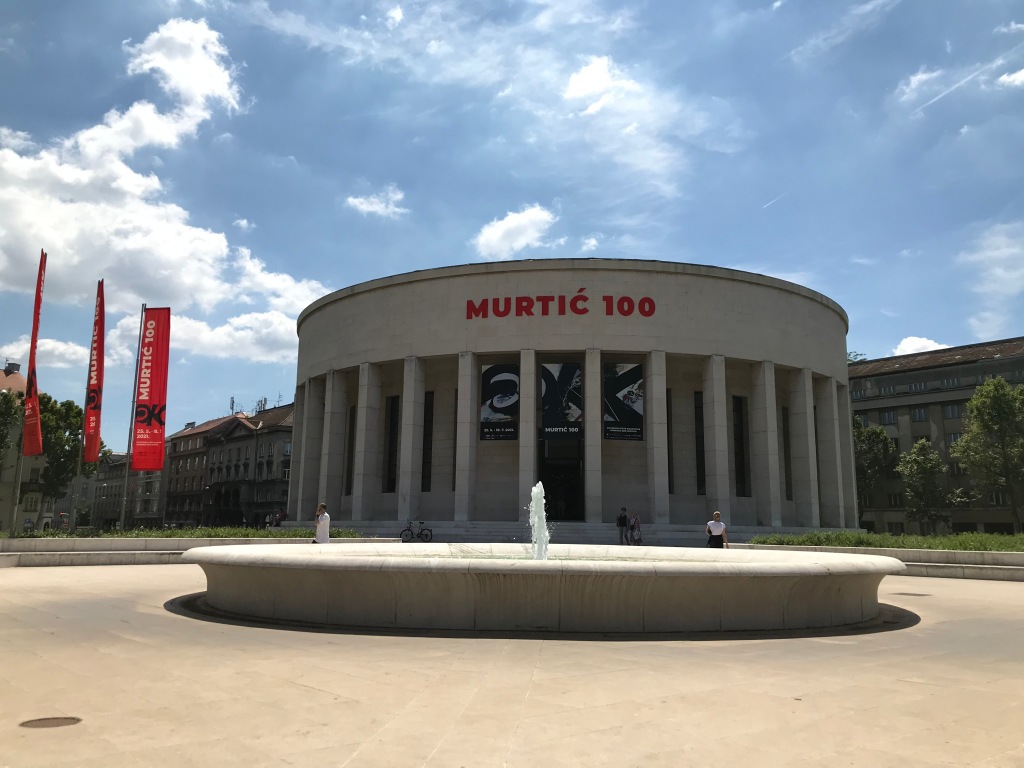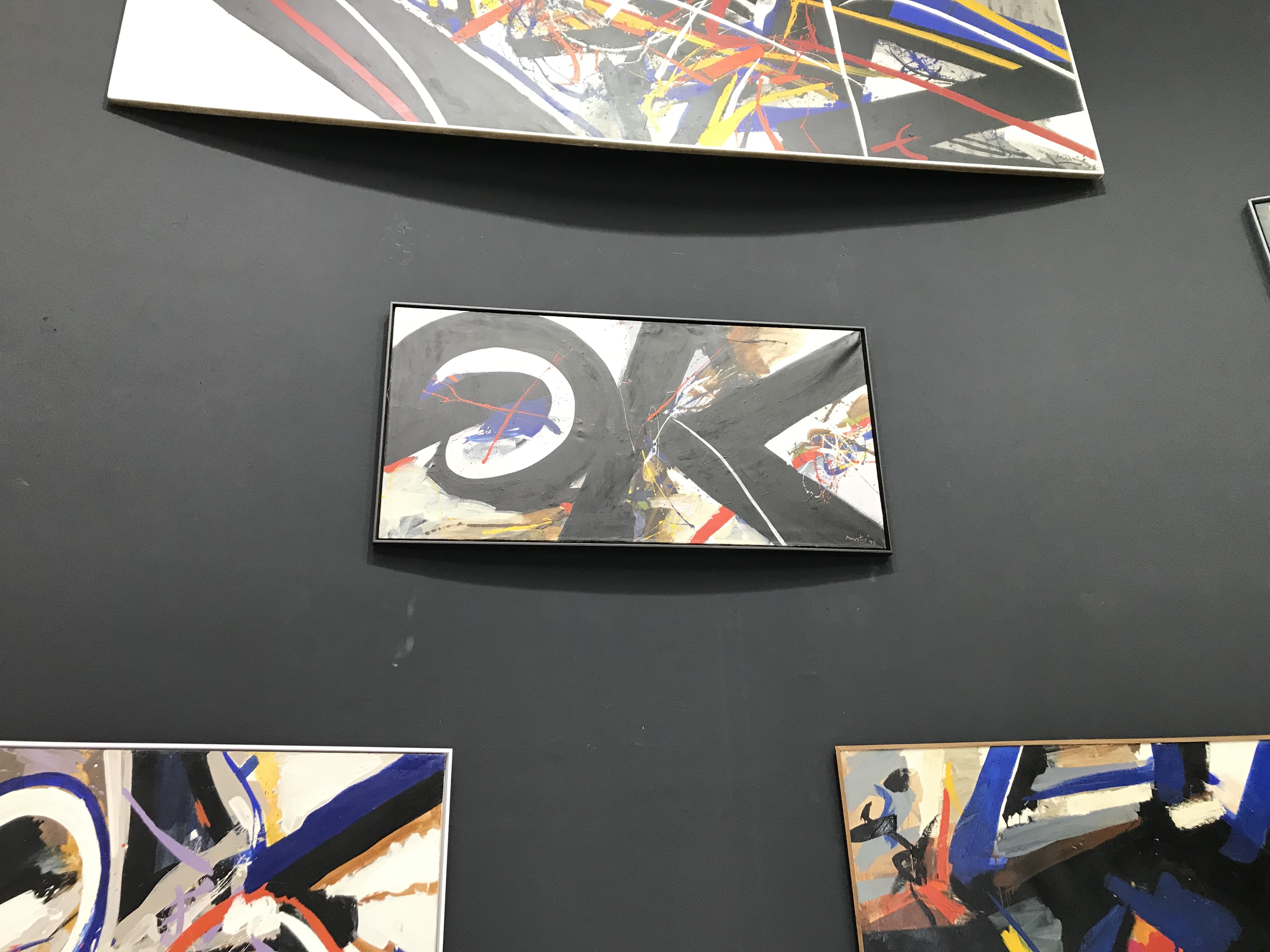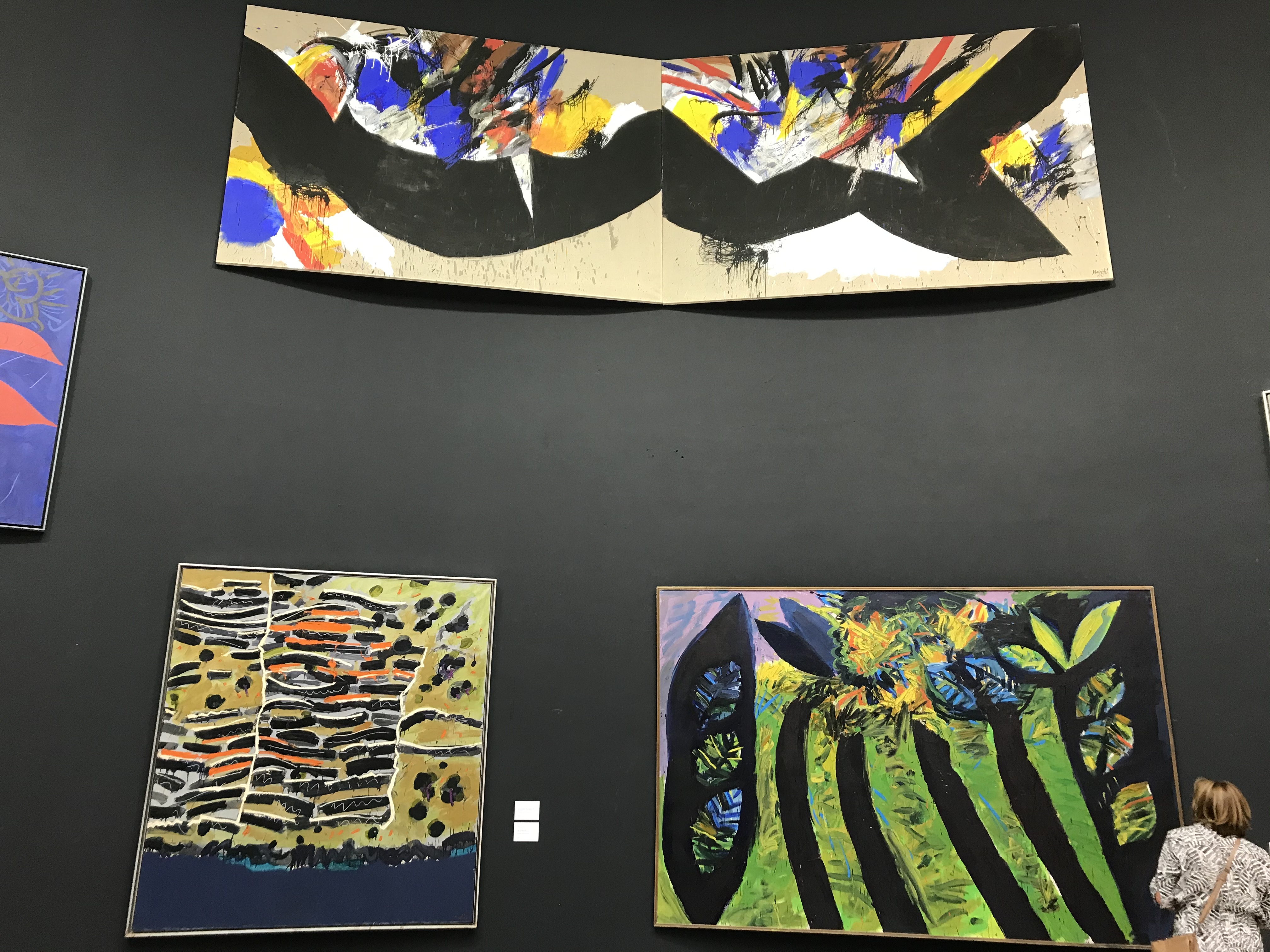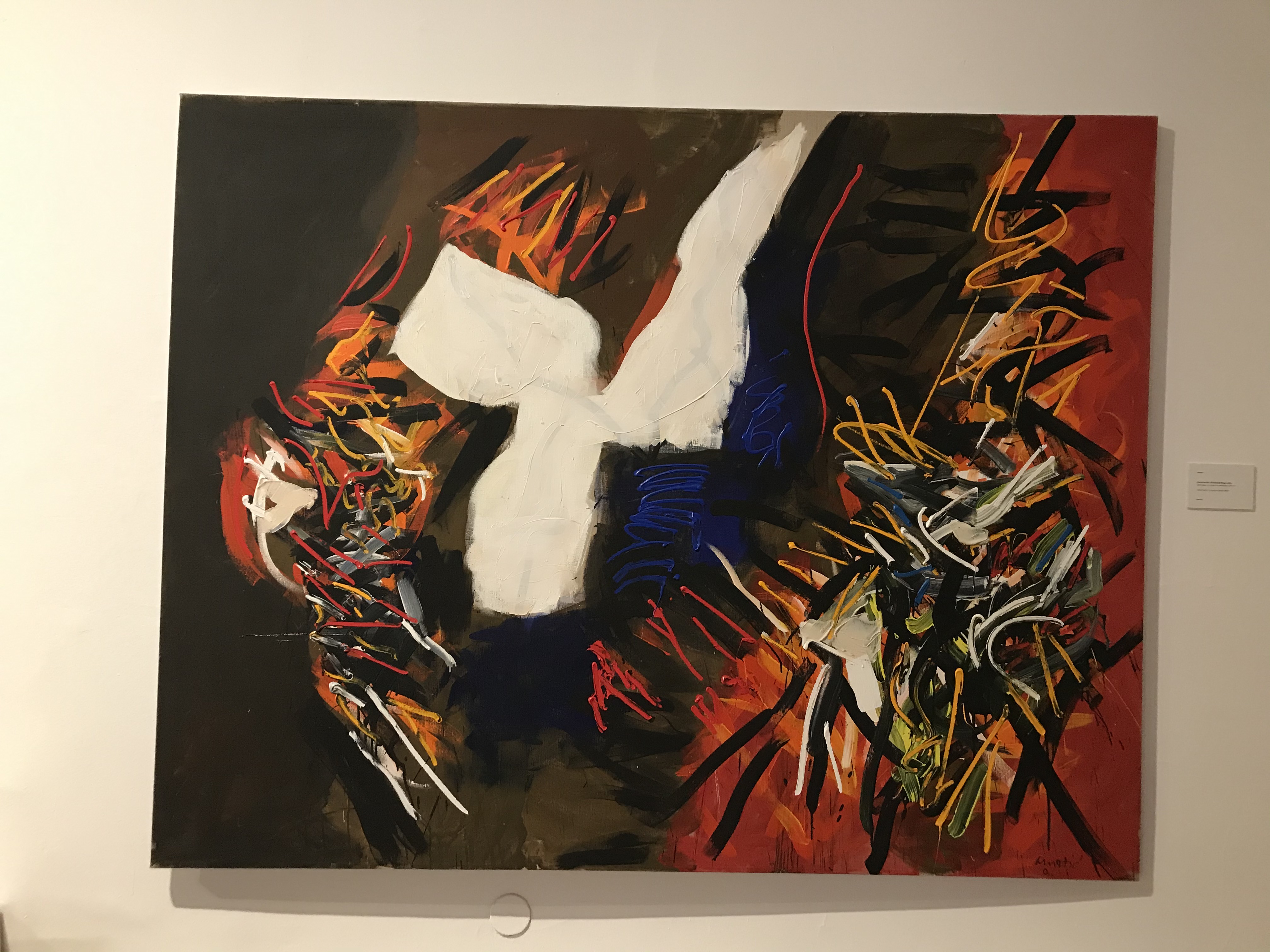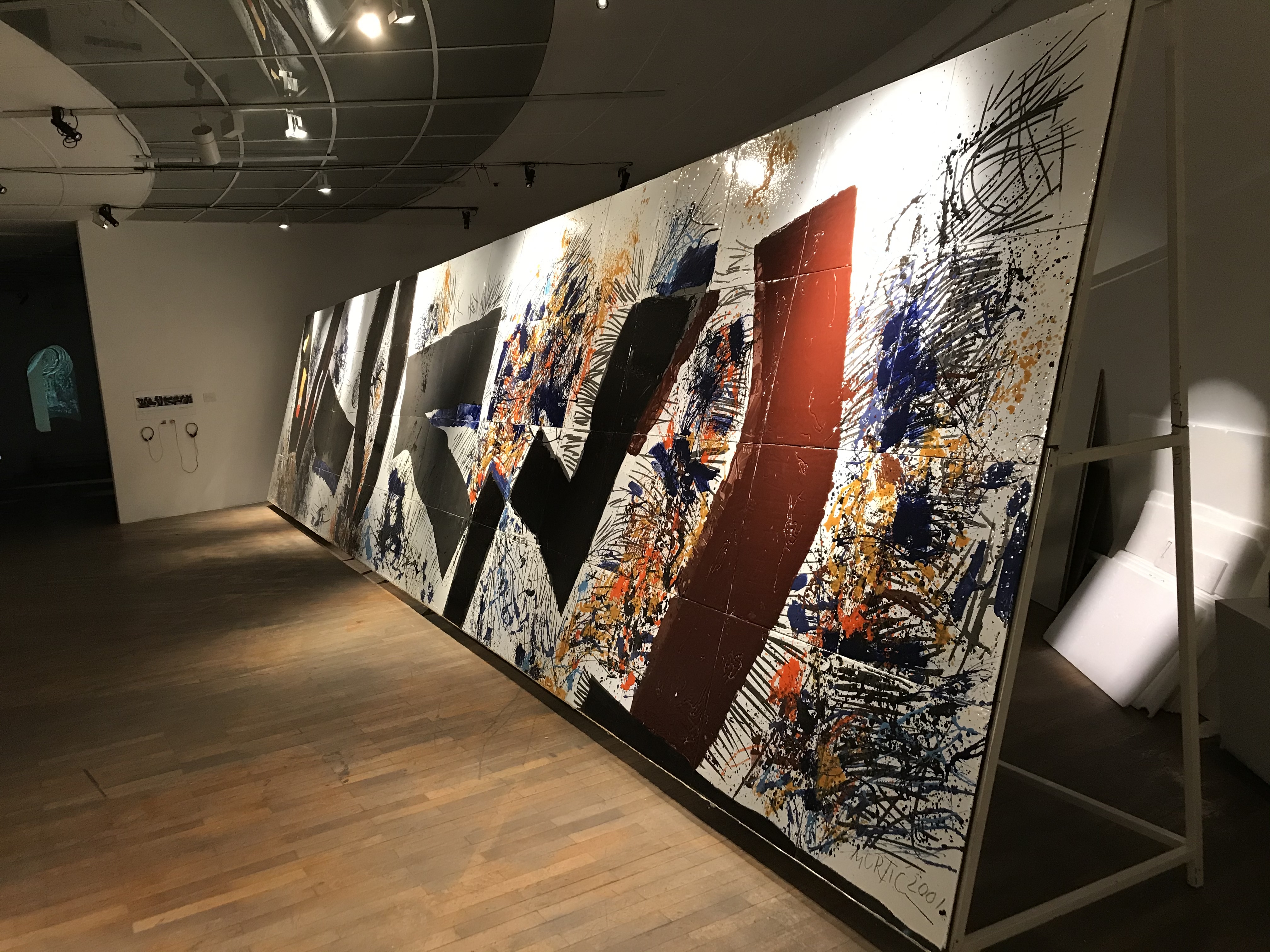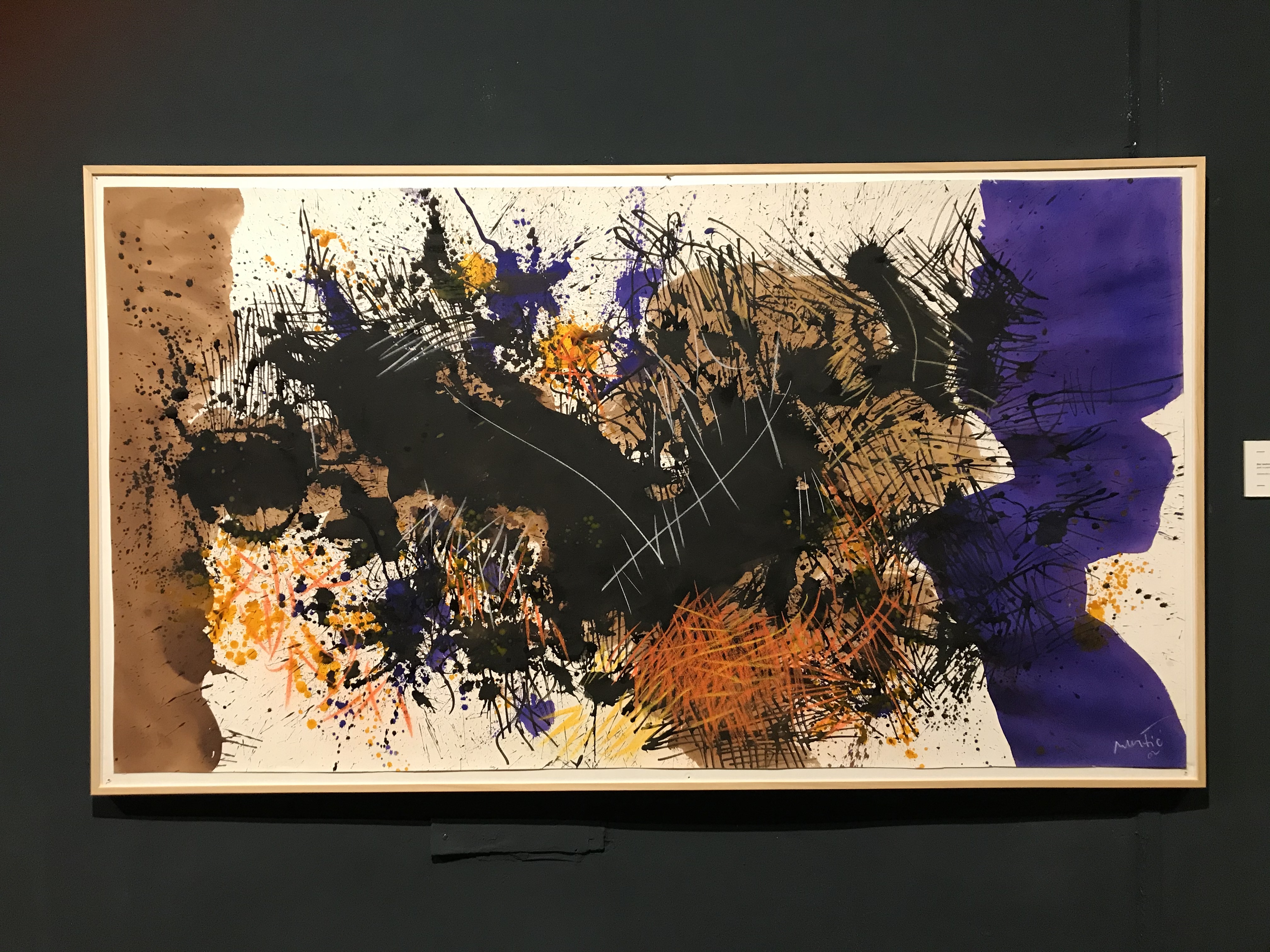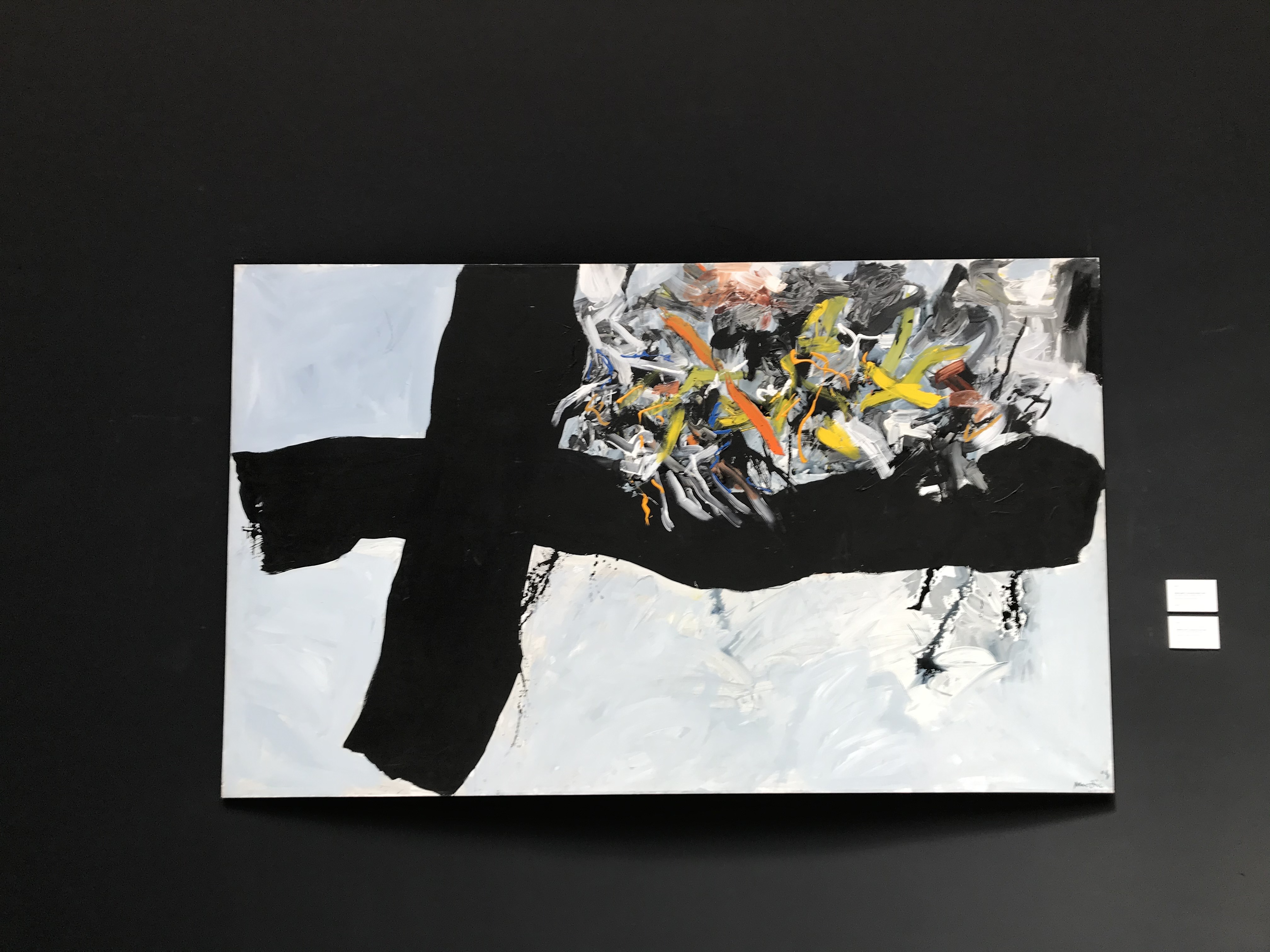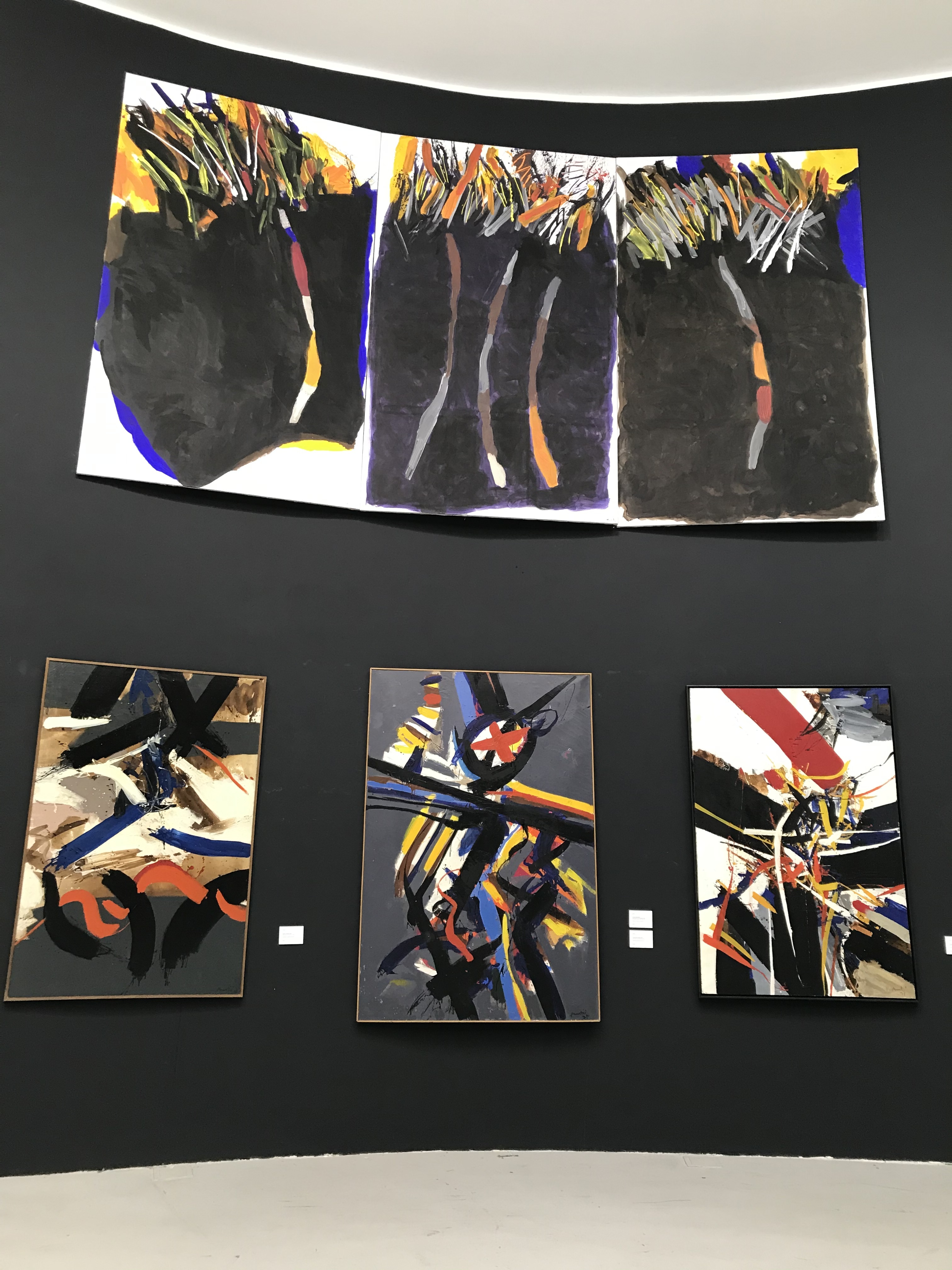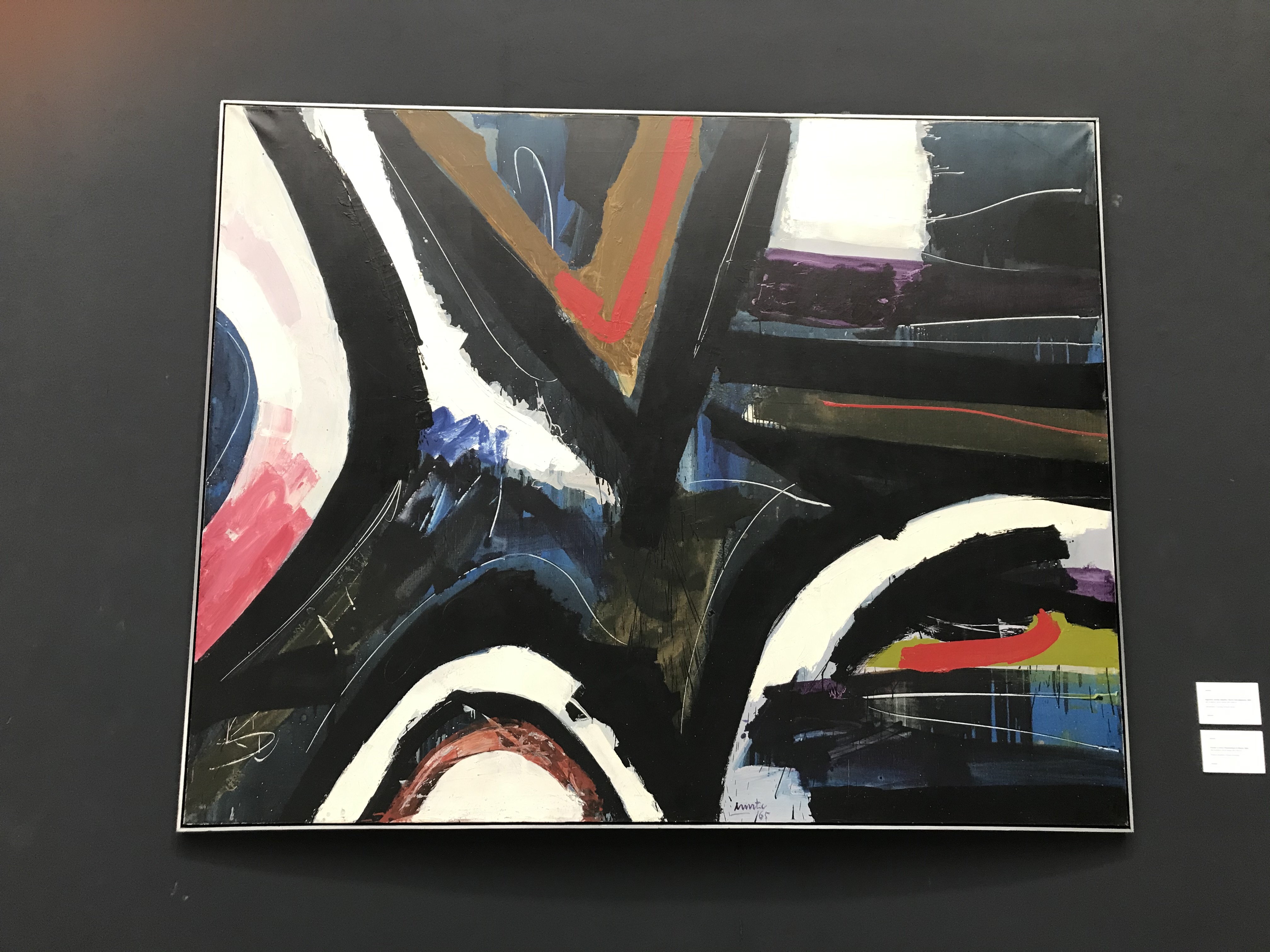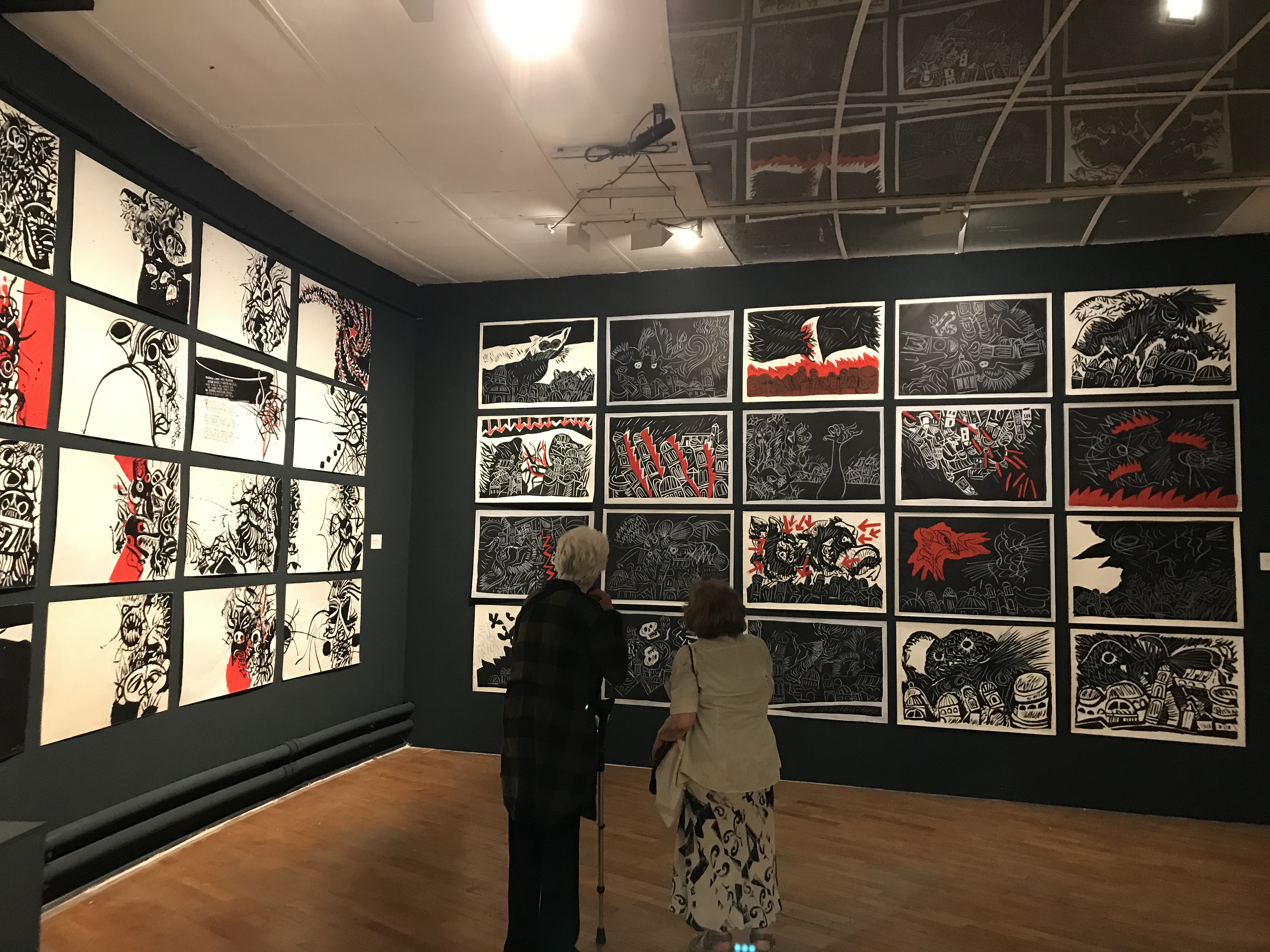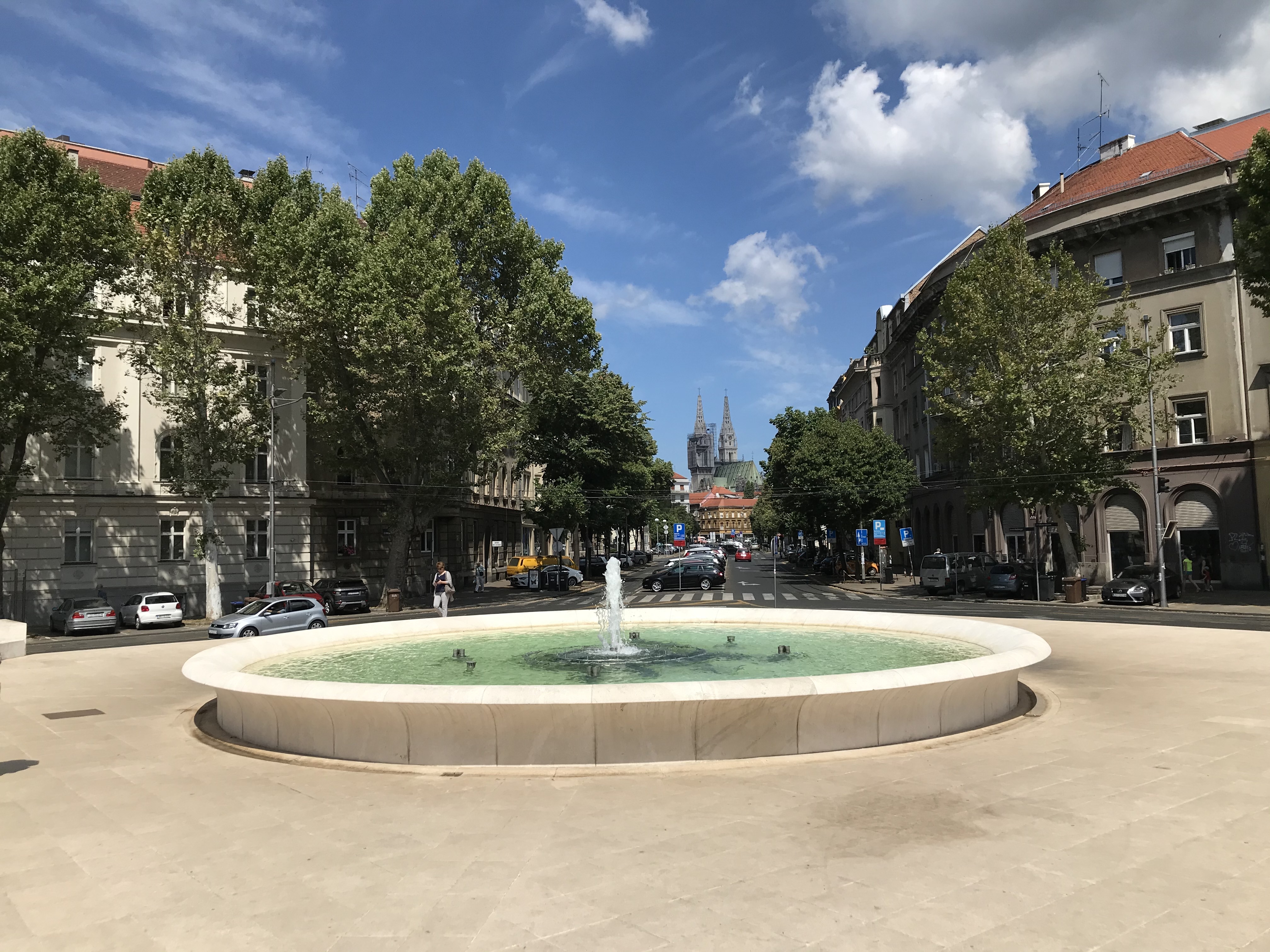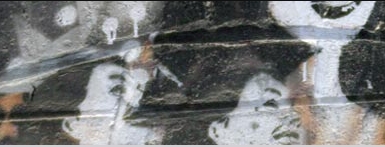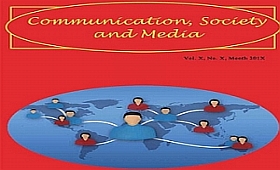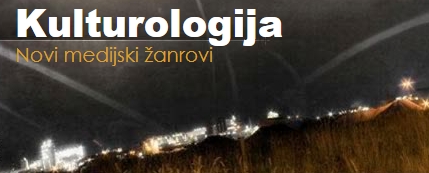Croatian multimedia exhibition MURTIĆ 100 celebrates the centenary of the birth of the internationally famous Croatian painter of high modernism gestural abstraction Edo Murtić.
To feel liveness in our depths we have to live in constant new, although life more or less delivers boring moments to people. We have to be aware of the contrast: organic spontaneity versus a routine as the brakes by non ritual repetition. The (ritual) routine can calm you down, but if you want to live your meditative center you choose (poetical) presence and the intensity of expression.

To paraphrase the agile curator Branko Franceschi‘s preface to the exhibition – multimedia exhibition MURTIĆ 100 celebrates the centenary of the birth of the internationally famous Croatian painter of high modernism gestural abstraction Edo Murtić, set in the vertical space Home HDLU in Zagreb on three levels: Bačva Gallery (iconic paintings), PM Gallery (the enduring challenges of reality as ati-war themes) and Prsten Gallery (division into abstract and figurative art, graphics and drawings, ceramics and enamel, multimedia installation by Ivan Marušić Klif on mosaics and murals in public spaces).
This exhibition perfectly combines technical multimedia with multimedial art as it stresses the synergy of gesamtkunstwerk.
But the most important is the great work of exhibition booth setup idea in the means of integration of art and intrinsic education: Art workshops A game of Murtić’s colors (for kids between 5 and 10 yrears), Go Big (for kids between 10 and 15 years), Abstraction of Nature (for the elderly), then lecture I Can Paint that too (for high school students and adults) and Reinterpretation of Edo Murtić through street art and finally International Symposium Gesture and Freedom.
To feel liveness in our depths we have to live in constant new. Life more or less delivers boring moments to people. We have to be aware of the contrast: organic spontaneity versus a routine as the brakes by non ritual repetition. The (ritual) routine can calm you down, but if you want to live your meditative center you choose (poetical) presence and the intensity of expression.
The routine as mechanical or machine thinking and using of Artificial intelligence if prevail can stop our freedom. Murtić’s impressive abstract gestural works also oscillate between more or less freedom. Although some works are stuck in authors freestyle routine, enormous vital energy of Edo Murtic stayed to beautify and free our lives.
PhD. Vesna Srnić, docent
MV (photos and video with permission of curator Branko Franceschi)



